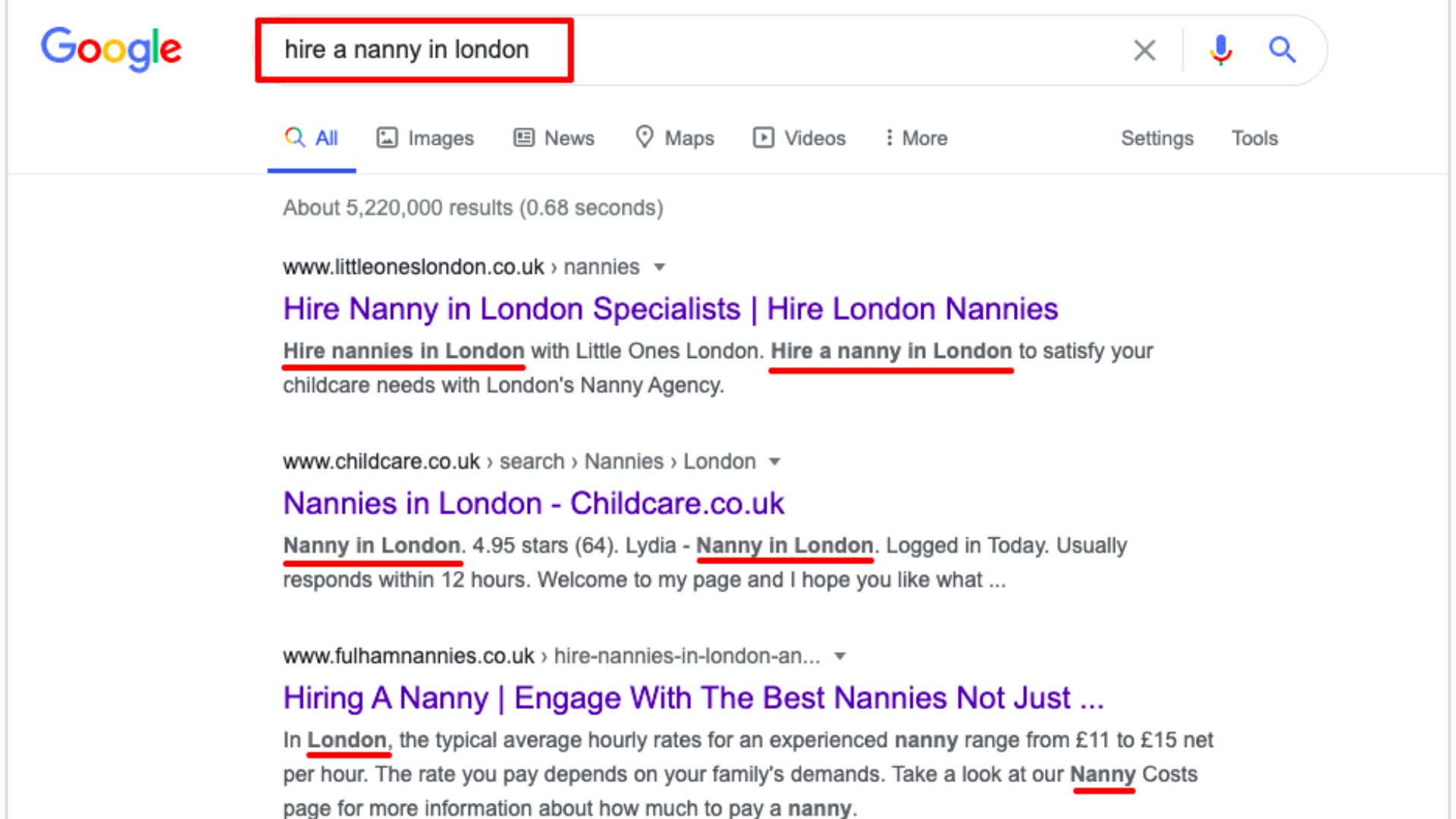Creating a responsive web design that caters to mobile users involves several key considerations. Here are steps to help you create a responsive website that delivers an optimal experience on mobile devices:
- Embrace Mobile-First Design: Start the design process by prioritizing the mobile viewport. This approach ensures that your website is designed with mobile devices in mind from the outset. Consider the limitations (screen size, touch input, etc.) and prioritize the most important content for mobile users.
- Use Responsive Grids and Layouts: Implement a responsive grid system that adapts to different screen sizes. Grids ensure that your content is organized and presented consistently across various devices. Utilize techniques like CSS media queries to resize and rearrange elements based on different screen dimensions.
- Optimize Images for Mobile: Images can significantly impact page load times on mobile devices. Optimize your images by compressing them without compromising quality. Use CSS properties like max-width for images to make sure they scale proportionally on different screen sizes.
- Prioritize Readability: Ensure that text content is easily readable on mobile devices. Use legible fonts, appropriate font sizes (relative units like em or rem), and ample line spacing. Avoid long paragraphs and break content into smaller chunks for better readability.
- Simplify Navigation: Mobile screens have limited space, so simplify your navigation for mobile users. Utilize navigation menus that are easy to access (e.g., hamburger menus) and consider using expandable or collapsible sections to save screen space. Provide clear indicators to help users understand their current location within the site.
- Consider Touch-Friendly Interactions: Design your website with touch gestures in mind. Ensure that interactive elements (buttons, links, forms) are large enough for easy tapping without accidental clicks. Provide adequate spacing between clickable elements to prevent user frustration.
- Test Across Multiple Devices: Test your responsive design on various mobile devices and screen sizes to ensure consistent appearance and functionality. Identify any issues or inconsistencies and make necessary adjustments as needed. Consider using browser development tools or external services to simulate different devices if you don’t have physical access to them.
- Monitor Performance: Performance is critical for a positive mobile experience. Aim to minimize page load times by optimizing code, reducing server requests, and leveraging caching techniques. Regularly monitor and analyze your website’s performance using tools like Google PageSpeed Insights or GTmetrix.
Creating a responsive web design for mobile users is essential in today’s mobile-driven world. By following these steps, you can ensure your website is user-friendly, visually appealing, and provides an excellent experience across a variety of devices.










